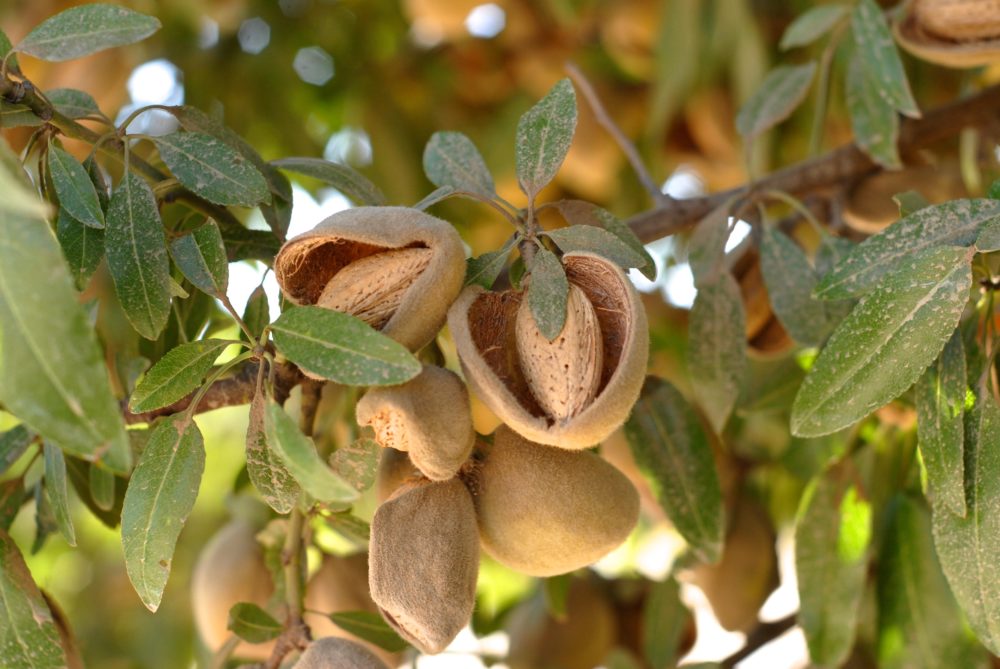FruitsAndVeggies.org Highlights How to Boost Health
FruitsAndVeggies.org Has Been Updated
By Jessica Theisman, Associate Editor
Eating more fruits and vegetables is important. California Ag Today recently spoke with Teresa Thorne executive director of the Alliance for Food and Farming, based in Watsonville She expressed the need to eat more fruits and vegetables and discussed how the website FruitsAndVeggies.org has been updated.
“Whether you choose organic or conventional, choose either with confidence,” Thorne said.
Both organic and conventional fruits and vegetables are safe.
“Experts everywhere agree that we should buy even more,” Thorne said.
“Our website was getting a little bit old and rickety,” she explained.
The website, FruitsAndVeggies.org, was launched back in 2010. New sections on the website help readers understand the necessity of eating more fruits and vegetables.
“These new sections are kind of a fun take on our more traditional nutrition information,” Thorne said.
They also have fun facts such as how eating a lot of strawberries can help whiten teeth. And eating leafy Greens like spinach can lead to healthier hair.
“Things along those lines are just kind of fun little tidbits,” Thorne said.
“It is proven that consuming more foods and vegetables improve your mood, they’re great for you and you can be happier too if you eat more,” Thorne said.
The facts section also clarifies safety and prevention information.
“We also have another section about produce safety,” she said.
This was based on a popular blog that was published approximately one year ago. The information was consolidated it into one quick and easy section for viewers to easily read some interesting facts.
“One being that if we increased our serving by one serving of a fruit and vegetable in a day, 20,000 cancer cases could be prevented annually,” Thorne said.





















